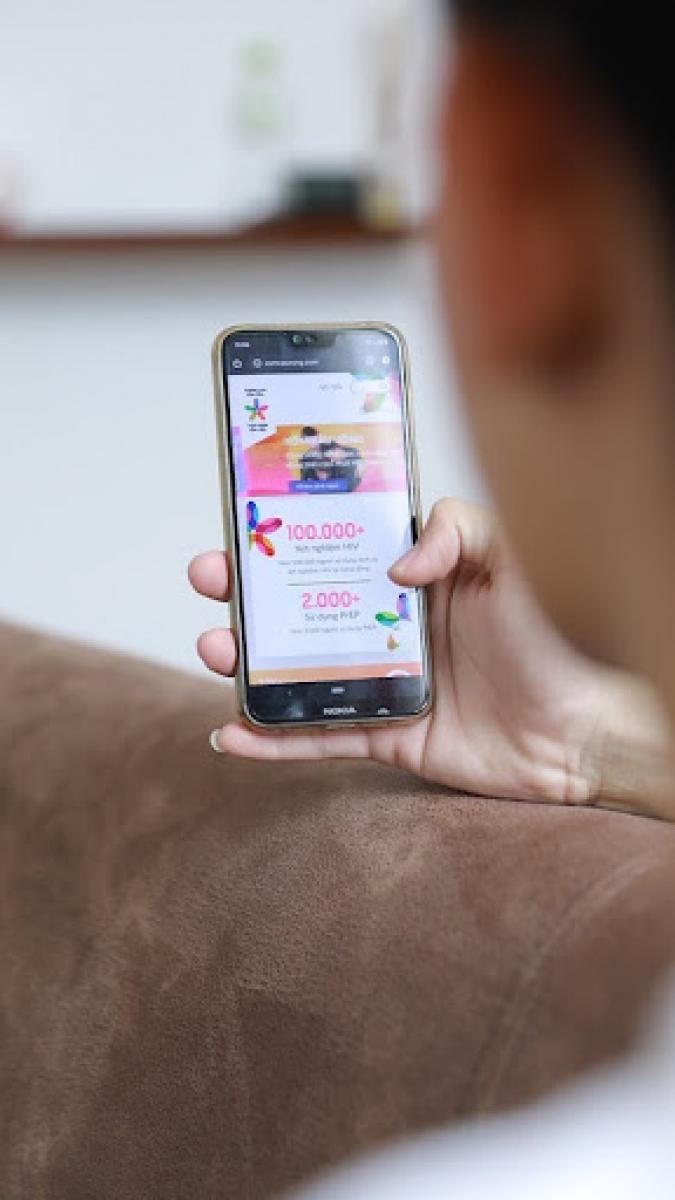Authors: Kelsey Oliver, Administrative Assistant; Jerilyn Hoover, Health Workforce Development Advisor;Lana Lee, Medical Officer; Margaret Cunningham, Adult Clinical Branch Intern; Jacqueline Devine, Senior Technical Advisor
The COVID-19 pandemic has changed how providers deliver care and how clients access and receive care. At the onset of the pandemic, providers quickly pivoted to modified service delivery models to reduce SARS-CoV-2 exposure risks in the provision of medical care and medication delivery. Some in-person visits for HIV prevention and treatment services were replaced by virtual or remote engagements. In many cases, for the first time, clients on antiretroviral therapy (ART) or HIV pre-exposure prophylaxis (PrEP) could choose to have a follow-up visit via telemedicine rather than going in-person to a clinic. This move towards telehealth brought on by the COVID-19 pandemic has led to increased access, flexibility, and efficiency for both clients and providers, and some of the innovations adopted over the last year and a half are likely to become permanent fixtures in HIV service delivery moving forward.
The following USAID-funded, PEPFAR-supported programs have successfully used telehealth and digital solutions in their service delivery during the COVID-19 pandemic. We can learn from recent examples of telehealth use in PEPFAR-supported programs to inform the integration of telehealth and virtual services as part of HIV service delivery moving forward. The experiences from those programs can be leveraged to identify policies, procedures, and staff abilities needed to routinize use of telehealth in HIV service delivery.
Examples of education, prevention, and testing online:
- Through the LINKAGES and the Meeting Targets and Maintaining Epidemic Control (EpiC) projects, partners have used digital technologies for HIV education, prevention, and connecting clients with testing and treatment. Outreach, linkage to testing, and case management services were available before the onset of the COVID-19 pandemic, and EpiC successfully leveraged its digital infrastructure and programming to maintain access to HIV services. EpiC built upon its existing Online Reservation App (ORA), a software used in multiple HIV programs globally, by developing the virtual platform QuickRes. QuickRes allows clients to engage virtually with HIV outreach workers, case managers, and clinical staff and offers testing, case management, and other services.Through LINKAGES and EpiC, 35 countries in Africa and Asia have received support for providing online services for clients with QuickRes, and many countries have seen large increases in the number of clients reached virtually.
- In Eswatini, Together Realizing Ubuntu Eswatini (TRUE) provides STI education and scheduling for those interested in HIV testing, initiation on HIV treatment, and PrEP. With the help of organizations like House of Our Pride (HOOP), outreach workers can follow-up with clients via TRUE. This digital innovation is particularly useful for reaching clients that face additional barriers to accessing treatment such as stigma, substance use, changes in work schedules, or relocation.Through the TRUE platform, people can assess their HIV risk, book appointments, and access sexual health services in Eswatini.
Examples of scheduling appointments and referring clients to HIV resources digitally:
- In Kenya through the EpIC project, clients use an online reservation app for HIV testing and can also be linked to additional services through the app. Since the pandemic began, HIV case finding via online reservations doubled to over 10 percent, compared to just five percent pre-COVID-19. These results suggest that these digital interventions may be useful for clients who would prefer to access resources and coordinate HIV testing online.
Examples of making HIV self-testing and PrEP more accessible:
- In Vietnam, the USAID/PATH Healthy Markets project has used telehealth and social media to connect people to PrEP services and make HIV self-testing more accessible. In addition, Healthy Markets shares positive health messaging targeted towards populations at risk for HIV on Facebook, where people can receive responses to questions about PrEP and HIV testing.

- During the COVID-19 pandemic, Afya Ziwani in Kenya increased the use of calls, text messages, and video to provide PrEP services for adolescent girls and young women (AGYW), transitioned to home delivery of PrEP, and introduced “mobile” safe spaces. Afya Ziwani also worked with online peer influencers to increase awareness of and demand for PrEP among AGYW. Through the online tool, individuals can assess their risk for HIV and receive PrEP counseling online.
There are important limitations to consider when implementing telehealth interventions. Certain procedures and tests must be done in person, and not all clients or health workers have access to the technology required for telehealth or digital health interventions. In particular, clients with limited financial resources and those who are part of marginalized groups may have less access to technology. Moving forward, it will remain important to monitor the equity implications of telehealth interventions.
The insights provided by these programs can play a role in advancing the use of innovative technology like telehealth to improve access to HIV prevention, testing, and care management.
